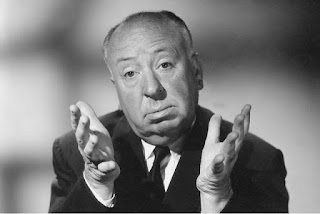Reading David Ebershoff's novel on the Tube, as Lili Elbe's face looms large over the platform on posters for the film adaptation, I realised just how contemporary her story is. Ebershoff's novel is more than a piece of historical fiction this is literature shining a spotlight on an issue that is capturing the zeitgeist.
Einar Wegener was one of the fist people to undergo gender reassignment surgery back in the 1930s when a Doctor in Dresden agreed to transform Einar into Lile, the woman he recognised inside. The procedure was extremely experimental at the time and ahead of the curve in both social and political terms and yet faced with courage and dignity by both Einar and his wife Greta.
The novel negotiates its way through the years in Copenhagen, with the couple both devoted to their painting, through to their time in Paris as Greta's work becomes commercially successful. As the years pass, the boundaries between Einar and Lile blur as muse becomes creator of her own destiny, "It was almost as if there were two brains, a walnut halved: his and hers"
Whilst The Danish Girl is Lili's story the novel, in many ways, is equally Greta's. Ebershoff uses Greta to push the story on and to put some of the challenges the couple face into context. That said, Greta's role is largely open for interpretation moving as she does from supportive wife to artist in need of a muse.
Copenhagen plays a key role in the story due, at least within artistic circles, for its liberal and avant-garde values. The Wegener's 'Widow House' is a perfectly permissive home for Einar's metamorphosis into Lile.
This is a beautiful and heartfelt novel. Ebershoff's skill lies in the way he weaves a fictional narrative around a real life course of events. Though characters and settings are created for the novel these only serve to tell the real truth of the story.









